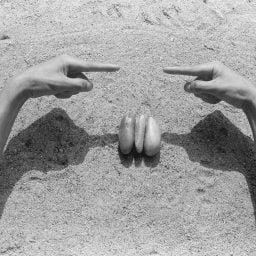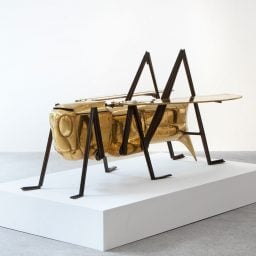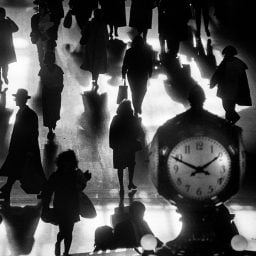Every month, hundreds of galleries add newly available works by thousands of artists to the Artnet Gallery Network—and every week, we shine a spotlight on one artist or exhibition you should know. Check out what we have in store, and inquire for more with one simple click.
What You Need to Know: Based in the Bastille district of Paris, Galerie Patrick Seguin was founded in 1989 and has garnered a reputation for its support and promotion of important French design, including the work of French architects and designers Jean Prouvé, Charlotte Perriand, Pierre Jeanneret, Le Corbusier, and Jean Royère. This week, the gallery is participating in TEFAF New York, stand 331, and open through May 16, 2023, presenting a dynamic collection of pieces by Prouvé, Perriand, and Jeanneret. From a historically significant commercial design by Prouvé to commissioned works by Perriand and Jeanneret, the presentation of works offers a glimpse into a bygone era that still influences and inspires design today.
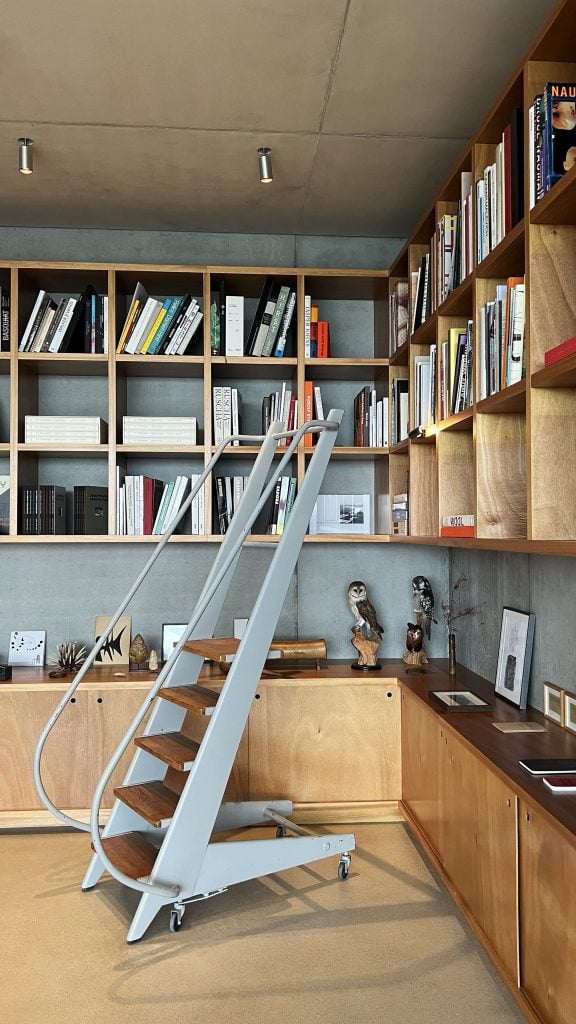
Jean Prouvé, Rolling Step-Ladder (1951). Courtesy of Galerie Patrick Seguin.
About the Designers: Perriand, Prouvé, and Jeanneret were all a part of an influential generation of European architects that helped form and develop 20th-century visual culture and design. Pierre Jeaneret (1896–1967) was originally from Switzerland and attended the École des Beaux-Arts, Geneva. Along with his cousin Le Corbusier, Jeaneret opened an architectural practice in 1922, where he worked alongside Charlotte Perriand (1903–1999) from 1927 to 1937. Perriand was an avid follower of Le Corbusier and was similarly interested in egalitarian and populist design, which is what led to her joining the studio of the architect and Jeanneret. Though not officially part of the same studio, Jean Prouvé (1901–1984) worked with Le Corbusier and collaborated with Perriand and Jeanneret on furniture design projects over the course of his career. All three architects were significant cornerstones of the French design scene, and their work both independently and together shaped the trajectory of 20th-century design.
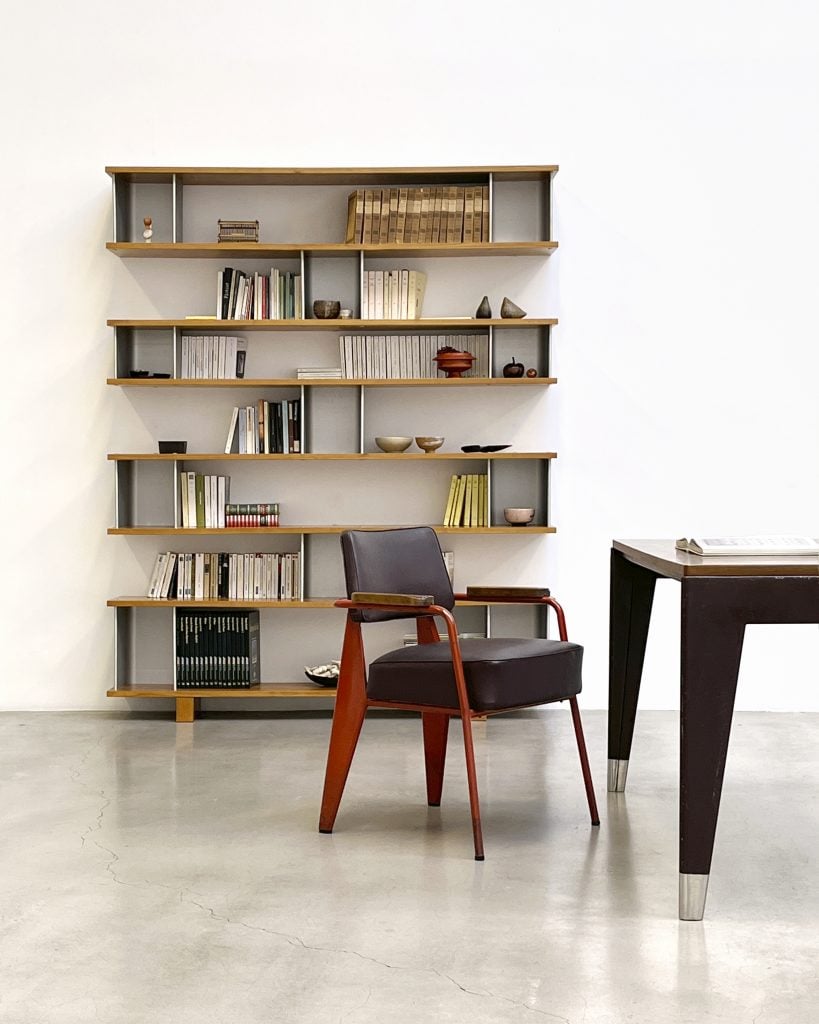
Charlotte Perriand, Wall-mounted bookshelves (1959); Jean Prouvé, Direction No. 352 Office Chair (1951) and Secretary Desk (1950). Courtesy of Galerie Patrick Seguin.
Why We Like It: The thoughtfully juxtaposed pieces within the fair’s TEFAF New York presentation highlight the strength of mid-century French design, and its continuing relevance and allure. Though each architect’s style was ultimately unique when their work is viewed in close proximity, a common formal thread is apparent, one of functionality, simplicity, and clean lines—reflective of the “form follows function” ethos of the period. Of particular note is a rare rolling stepladder from 1951 by Prouvé, which was commissioned for the BNP Paribas bank vaults in Paris, and of which there is an example within the permanent collection of the Pompidou Centre. Elsewhere, Jeanneret’s suite of seating from 1955–56 for the High Court and the University of Punjab in Chandigarh, India, emphasizes the architect’s skill at synthesizing minimalism and luxury. Contrasted with works such as Perriand’s geometric wall-mounted bookshelves—which reflect the influence of Le Corbusier—the presentation overall is a testament to an inimitable and instrumental generation and period of architecture and design.
Learn more about Galerie Patrick Seguin’s presentation here.





